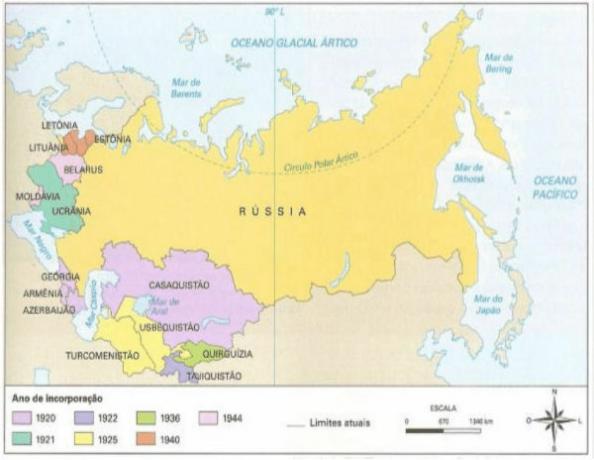Within the scope of the atmospheric circulation global, one of the most important movements performed by air masses are the trade winds, which act in the cyclical climate modification of some regions of the planet. In this sense, understanding how they work is important in order to know a little more about global climate dynamics.
By definition, we can say that the trade winds are displacements of air masses hot and humid that take place concentrically towards the areas of smaller atmospheric pressure of the equatorial zones of the globe.
To understand the trade wind movement, it is necessary to take into account the fact that atmospheric pressure is lower in areas where solar radiation is more intense, that is, where temperatures are higher. This is because the air in these areas becomes warmer and emerges into the higher parts of the atmosphere, causing a greater movement of the air flow.
Another important piece of information, in the meantime, is that equatorial areas receive more solar radiation throughout the year than other areas of the globe, from so that they tend to have higher temperatures and, therefore, lower atmospheric pressure (except when other climatic factors interfere, such as the altitude). Therefore, we have to
trade winds move from north and south towards areas close to the equator, thus characterizing one of the various manifestations of atmospheric circulation on the planet.Do not stop now... There's more after the advertising ;)
Note the diagram illustrating the movement of the trade winds:

Simplified illustrative scheme of trade winds
The low atmospheric pressure zone that receives a large flow of trade winds throughout the year is called Intertropical Convergence Zone (ITCZ). These winds move in obedience to the coriolis effect (inertial force caused by the rotational movement), which causes the north winds move east-west and south winds move west-east as shown in the diagram. above.
In the same way that the trade winds manifest themselves, the dynamics of dispersal of counter trade winds, which are drier and blow from the equator to the tropics, positioning themselves at higher altitudes.
This dynamics of trade and counter trade winds is part of the Earth's heat distribution system over the air masses, which is completed with the dispersion of maritime currents. Changes in this system cause climatic changes, which include cyclical anomalies in the El Niño It's from La Niña.
By Me. Rodolfo Alves Pena
Would you like to reference this text in a school or academic work? Look:
PENA, Rodolfo F. Alves. "Trade Winds"; Brazil School. Available in: https://brasilescola.uol.com.br/geografia/ventos-alisios.htm. Accessed on July 27, 2021.
Chemistry

Atmospheric Pressure, relationship between the force exerted on a given surface, regions of high altitude, smallest amount of air particles per unit of volume, Bolivia, China, Colombia, Ecuador, States United.


